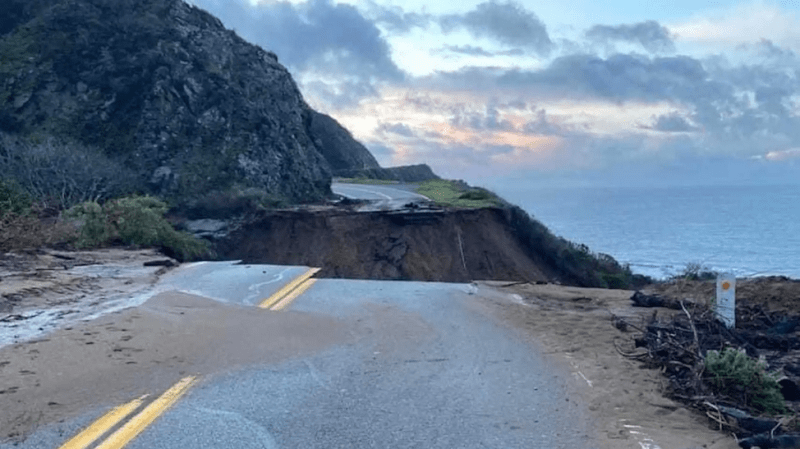racookpe1978
Nuclear
Few details are available, and almost every on-line link and associated photos I find refer back to the May, 2017 Hwy 1 collapse at Big Sur that recently finished rebuilding/re-routing, but the California Coastal Hwy 1 was closed south of Monterey CA due to new mudslides Thursday (28 Jan 2021) and Friday (29 Jan). Both lanes are wiped out.
Cross-connecting roads back inland from Hwy 1 are few and (literally) far between in almost all sections of Hwy 1 between LA and Monterey, so traffic must backup nearly 20 miles on each side of this latest break to reach detours back inland.
Cross-connecting roads back inland from Hwy 1 are few and (literally) far between in almost all sections of Hwy 1 between LA and Monterey, so traffic must backup nearly 20 miles on each side of this latest break to reach detours back inland.



![[bigsmile] [bigsmile] [bigsmile]](/data/assets/smilies/bigsmile.gif)